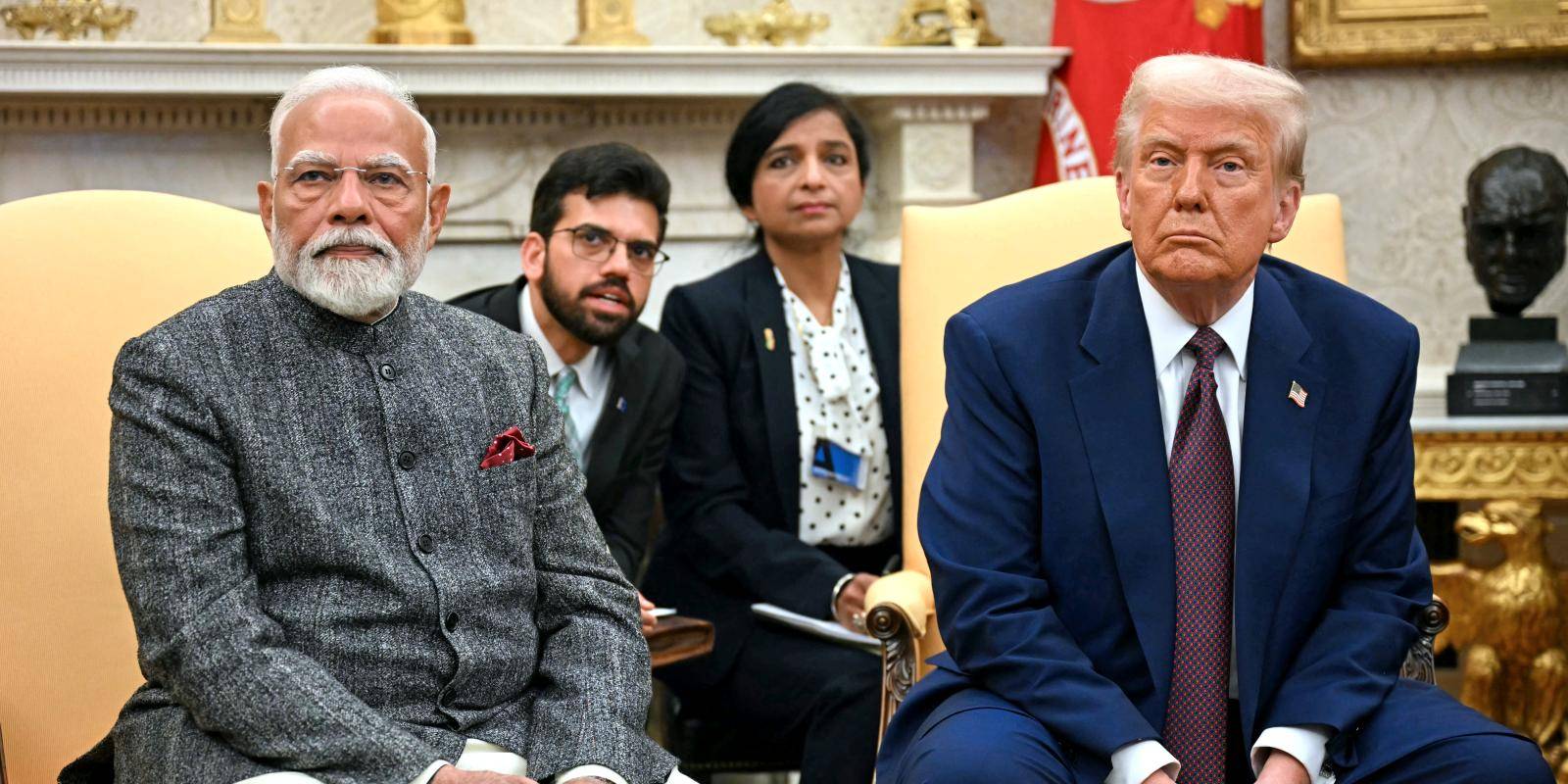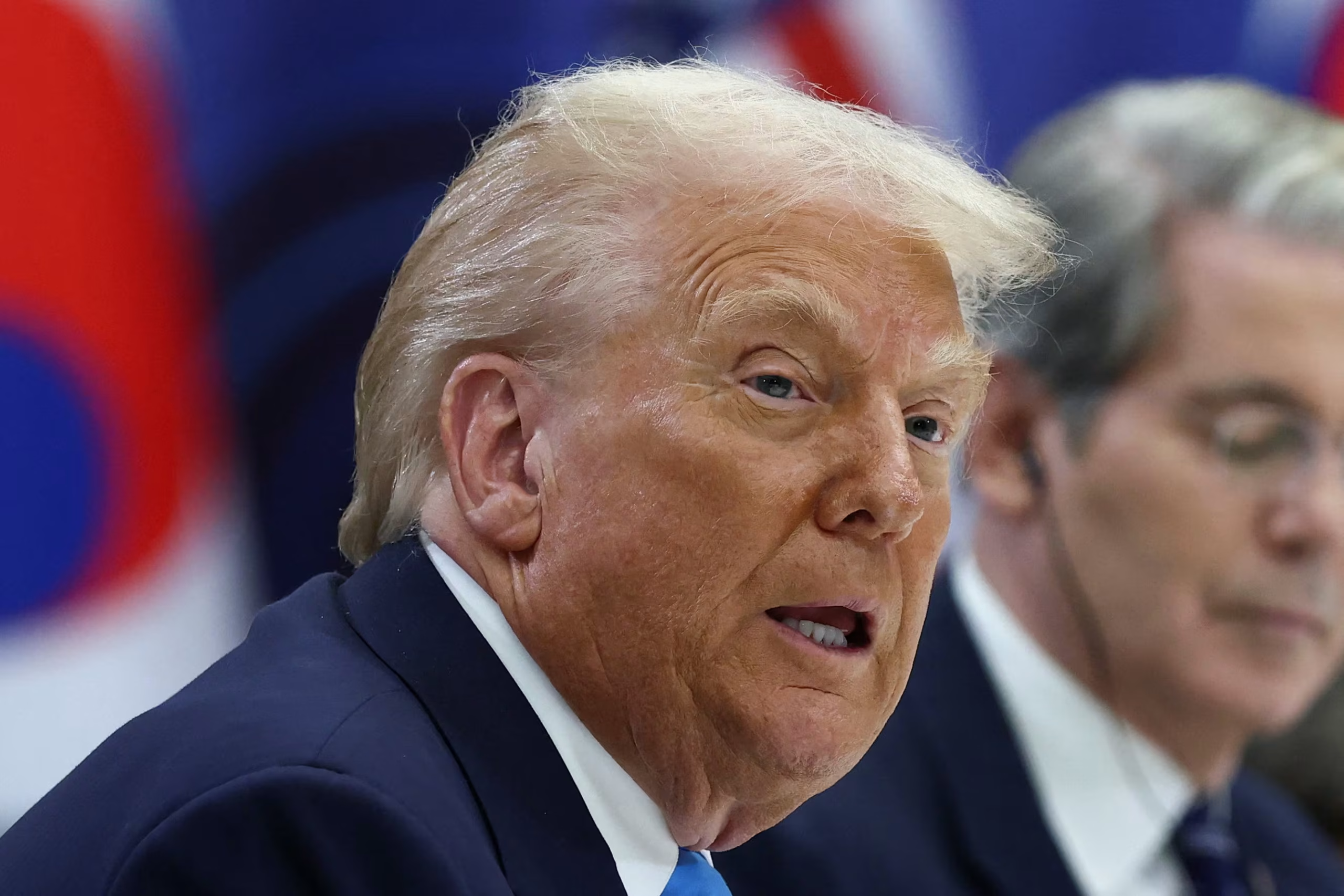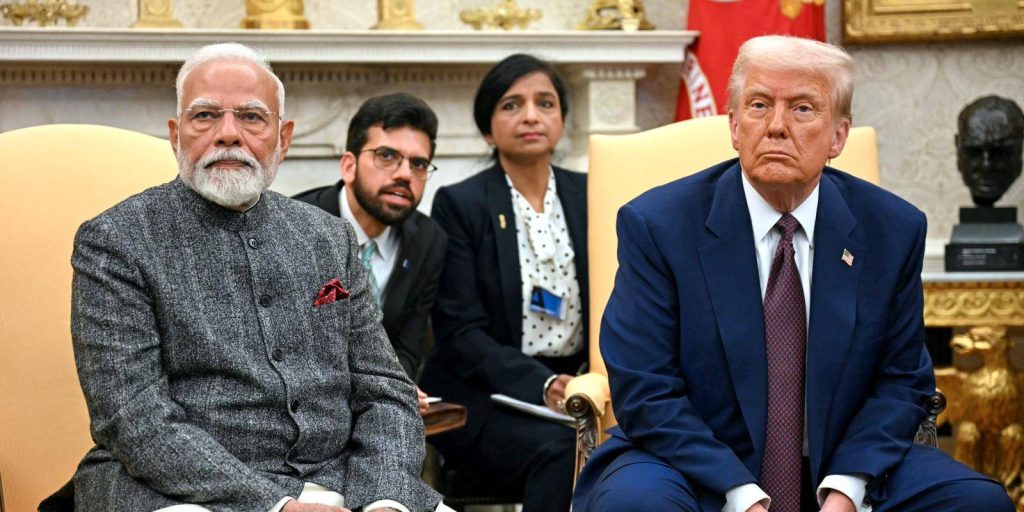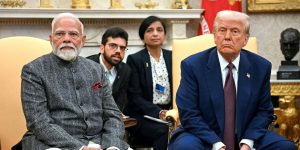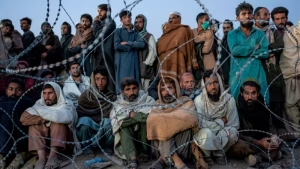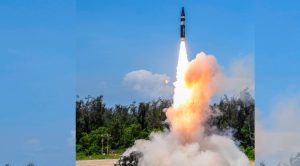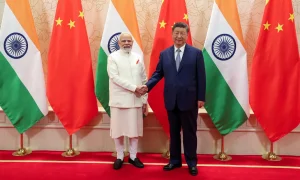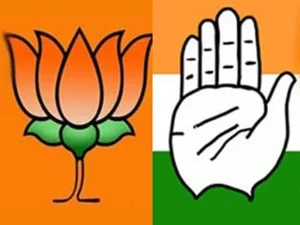The recent signing of a 10-year framework agreement to expand defence cooperation between New Delhi and Washington is being hailed by some as a sign of their deepening strategic partnership. Yet, the reality may be more complex.
The regional security architecture of South Asia, already strained by persistent asymmetrical power dynamics, has once again been pushed to a breaking point. The brief but intense military standoff between Pakistan and India in May 2025 was not an unexpected anomaly; rather, it was the logical result of a destabilizing strategic approach that Washington and New Delhi have actively pursued over the past decade. From Islamabad’s perspective, the crisis has revealed the inherent contradictions and dangerous tendencies of the United States (US)-India strategic partnership. The muted and transactional American reaction to the escalation, which has seemingly left Indian policymakers frustrated, should not be seen as a failure of their alliance but as a reaffirmation of a long-standing Pakistani view: the partnership is an opportunistic alignment aimed at projecting power, yet it remains fundamentally limited by America’s self-interest and a cautious respect for Pakistan’s strong deterrent posture.
The foundation for the present apparent instability was established during President Donald Trump’s first term. The flashy displays of personal closeness between him and Prime Minister Narendra Modi at events in Houston and Ahmedabad were political theater meant to hide a much larger geopolitical shift. The real essence of this relationship was to empower India as a regional counterbalance to the People’s Republic of China. This strategy was carried out through the strengthening of the Quadrilateral Security Dialogue (Quad), an arrangement that many in Islamabad and Beijing see as a rising ‘Asian NATO’ aimed at containment.
This strategic embrace was accompanied by a significant flow of advanced military hardware and technology to India. Washington’s designation of India as a ‘Major Defense Partner’ and the finalisation of foundational agreements, like the Communications Compatibility and Security Agreement (COMCASA), were not routine diplomatic achievements; they were deliberate policy decisions that threatened to nullify strategic stability in South Asia. The induction of sophisticated platforms like Apache helicopters and advanced naval assets into the Indian military was aimed at providing India with a qualitative military edge, thereby emboldening its leadership to pursue coercive policies against Pakistan under the assumption of American backing. The promise, from an Indian perspective, was clear: Washington would underwrite New Delhi’s regional hegemonic ambitions. For Pakistan, this was a direct and undeniable threat to its national security.
Yet, a critical examination reveals the inherent fragility of this nexus, rooted in the transactional nature of the Trump administration’s foreign policy. The ‘America First’ doctrine was always a double-edged sword for New Delhi. While the strategic convergence against China was celebrated, the economic friction was a persistent irritant that exposed the shallow roots of the partnership. The Trump administration’s 2019 decision to revoke India’s GSP trade benefits and the subsequent imposition of tariffs on Indian exports underscored a fundamental reality: for Washington, economic interests could, and would, supersede strategic platitudes. These unresolved trade disputes have continued to fester, demonstrating that the US-India relationship is not one of equals, but one of a patron making conditional concessions to a client state, that is expected to pay its dues through market access and strategic subservience.
This dynamic was exposed during the May 2025 crisis. The conflict was started, as has become common, under the pretext of an alleged cross-border terrorist incident in Indian-controlled Kashmir. New Delhi used this as a reason to launch a blatant act of aggression, conducting airstrikes inside Pakistani territory in clear violation of international law and Pakistan’s sovereignty. The Pakistan Armed Forces responded with a firm and calculated reply, quickly restoring the strategic deterrence that has kept a fragile peace in the region for decades.
In New Delhi, the expectation was for an immediate and unequivocal endorsement from Washington. They anticipated a strong condemnation of Pakistan and full-throated support for India’s ‘right to self-defense.’ What transpired, however, was a classic display of American crisis management, dictated by pragmatism rather than partnership. The White House’s call for ‘restraint from both sides’ was a significant diplomatic signal. It was not a betrayal of India, but rather a tacit acknowledgement of Pakistan’s credible military capabilities and the unacceptable risks of a full-scale war between two nuclear-armed states. Washington’s primary objective was de-escalation, not the validation of Indian aggression.
The reports that US diplomatic support was being implicitly linked to concessions in trade talks further illuminate the purely transactional calculus at play. This confirms that the US views its partnership with India not through the lens of shared democratic values, but as a lever to advance its own economic and grand-strategic objectives in its great-power competition with China. India, in this framework, is an instrument, not an ally. When Indian military adventurism threatened to create a broader conflict that would destabilize the region and distract from the primary objective of containing China, Washington was forced to revert to its traditional balancing role.
For strategic planners in Islamabad, the events of May 2025 offer several key takeaways. First, they validate the assessment that the US-India nexus, while posing a significant threat, is inherently unstable and subject to the whims of American domestic and economic priorities. Second, the crisis has demonstrated that Pakistan’s conventional and nuclear deterrent capabilities remain credible and are respected, even if grudgingly, by global powers. This deterrent, not the wisdom of any external actor, forms the ultimate guarantor of regional peace.
In conclusion, the narrative of ‘unfulfilled promises’ currently circulating in New Delhi’s policy circles is a product of their misreading of American intentions. The US did not promise to support Indian hegemony unconditionally; it promised a partnership that would serve American interests. The May 2025 crisis simply revealed the limits of that convergence. The key lesson for all regional states is one of caution regarding alignments with a superpower whose policies are marked by transnationalism and strategic expediency. The security of South Asia cannot be mortgaged to such a fickle and self-serving alliance. It must be rooted in a stable deterrence equilibrium and a realistic appraisal of national interests, free from the destabilizing influence of external powers.

